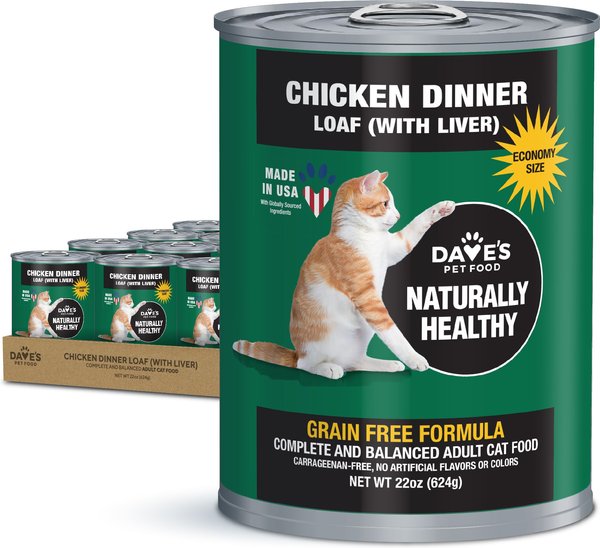Rise by Six: Your Daily Dose of Inspiration
Explore insights and stories that elevate your day.
Pet Food Secrets Your Dog Wishes You Knew
Uncover the hidden truths of pet food that your dog secretly wants you to know! Transform their health and happiness today!
Top 5 Ingredients Your Dog Would Choose for a Healthier Diet
When it comes to your dog's health, choosing the right ingredients for their diet can make a world of difference. As pet owners, we may feel overwhelmed by the countless options available, but let’s simplify things. Here are the top 5 ingredients your dog would likely choose for a healthier diet:
- Lean Proteins - Ingredients like chicken, turkey, and fish are excellent sources of protein that help build strong muscles and maintain a healthy weight.
- Whole Grains - Brown rice and oats provide essential carbohydrates for energy and digestive health.
- Fruits and Vegetables - Carrots, blueberries, and sweet potatoes are not only tasty but packed with vitamins and antioxidants.
- Healthy Fats - Omega-3 fatty acids found in fish oil promote a shiny coat and healthy skin.
- Probiotics - Ingredients that contain live bacteria can improve gut health, aiding digestion and boosting immunity.

The Hidden Dangers in Common Pet Foods: What Every Dog Owner Should Know
When it comes to feeding our beloved dogs, many pet owners may not realize that some common pet foods can harbor hidden dangers that could jeopardize their health. Ingredients like artificial preservatives, fillers, and by-products can not only lack nutritional value but can also lead to long-term health problems. For instance, certain grains and meats used in commercial pet foods might lead to food sensitivities and allergies, which manifest as skin irritations, gastrointestinal issues, or other concerning health conditions. As responsible dog owners, it's crucial to scrutinize ingredient labels carefully and choose high-quality pet foods that prioritize the well-being of our furry friends.
Moreover, many dog owners are unaware that some ingredients commonly found in pet food can be toxic or harmful. Foods such as chocolate, grapes, and onions are often highlighted for their potential dangers, but even seemingly harmless additives can pose risks. Artificial sweeteners like xylitol, often used in low-calorie treats, can cause a rapid insulin release leading to hypoglycemia in dogs. To ensure your dog's safety, it's essential to educate yourself about both the ingredients in their meals and the potential adverse effects they can have. Taking the time to research and choose the right food is an investment in your dog's long-term health.
Can Your Dog Really Taste Food? Uncovering the Secrets of Canine Taste Buds
When it comes to understanding whether dogs can really taste food, the answer lies in their unique anatomy and evolutionary background. Unlike humans, who possess around 9,000 taste buds, a dog's taste buds number around 1,700. This significant difference raises the question: how do dogs perceive flavors? While they may not taste as many distinct flavors as we do, dogs have a heightened sense of smell that plays a crucial role in their ability to enjoy food. In fact, olfaction is considered more important than taste in how dogs experience and appreciate their meals.
Moreover, the types of flavors that canines are most responsive to tend to revolve around meat and fat, reflecting their carnivorous ancestry. Dogs are naturally drawn to savory tastes, which explains why many commercial dog foods feature meat as a primary ingredient. It's also interesting to note that dogs can detect the sweetness of certain foods, although they are less inclined towards sugary treats compared to their human companions. Understanding your dog's taste preferences can help in selecting the best foods for their diet, ensuring they genuinely enjoy their meals.